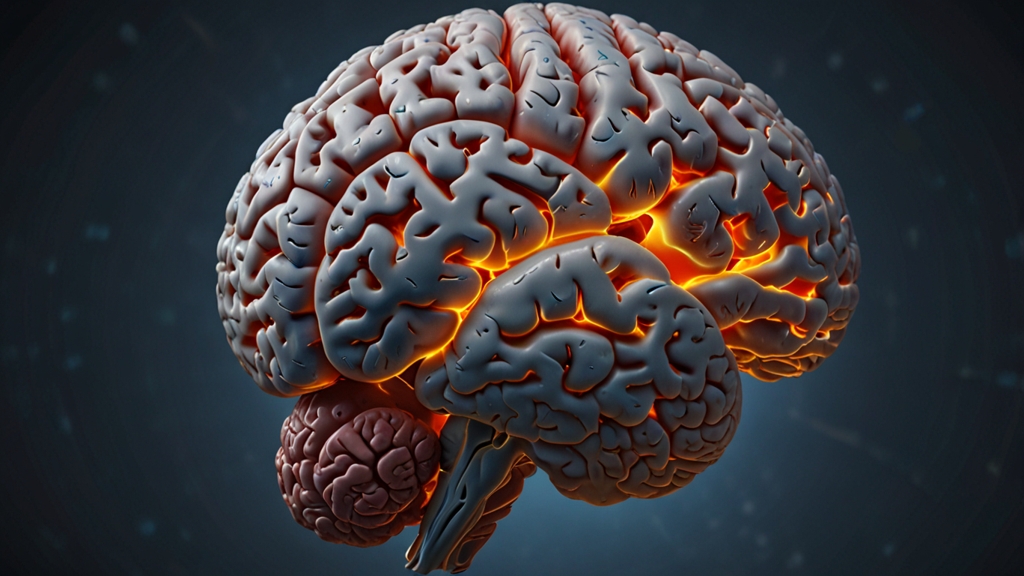Unlocking the Mysteries of the Human Brain: The Latest Breakthroughs in Neurobiology
The human brain remains one of the most fascinating and enigmatic components of the human body. For centuries, scientists have been eager to understand how our brain functions, how it governs our thoughts and actions, and the mysteries it conceals. Thanks to advancements in neurobiology, we are closer than ever to decoding these secrets. This article explores some of the latest breakthroughs in neurobiology that are unlocking the mysteries of the human brain.
Understanding Neuronal Communication
One of the primary areas of focus in neurobiology is understanding how neurons communicate with each other. Recent studies have provided deeper insights into the mechanisms of synaptic transmission—the process by which neurons send signals across synapses. Advances in imaging technologies such as two-photon microscopy have allowed scientists to observe synaptic interactions in living brains with unprecedented clarity.
Researchers have discovered new aspects of synaptic plasticity, the brain's ability to strengthen or weaken synapses over time. This plasticity is crucial for learning and memory formation, offering potential avenues for treating neurological conditions like Alzheimer's disease and other forms of dementia.
Decoding the Genetic Basis of Brain Functions
Genomics has revolutionized our understanding of the brain at a molecular level. Scientists have mapped out the genetic underpinnings of various brain functions and identified genetic variants linked with neurological disorders. CRISPR-Cas9 gene-editing technology specifically has made it possible to manipulate genes with high precision, enabling researchers to study gene functions in brain development and disease.
"The application of CRISPR in neurobiology is a game-changer. Being able to edit genes in specific brain cells opens the door to targeted therapies for neurological conditions," says Dr. Emily Johnson, a leading geneticist in neurobiology.
Advancements in Brain-Machine Interfaces
Brain-machine interfaces (BMIs) are another thrilling area of research. BMIs aim to create a direct communication pathway between the brain and external devices, offering transformative possibilities for individuals with disabilities. Recent breakthroughs have demonstrated the ability to translate neural signals into computer commands, enabling paralyzed patients to control prosthetic limbs or communicate using brain signals alone.
The development of non-invasive BMIs has also been a significant focal point. Innovations in electroencephalography (EEG) and magnetoencephalography (MEG) have made it possible to capture brain activity without the need for surgical implants, expanding the potential applications of BMIs in everyday life.
Exploring the Brain's Connectome
The connectome, a comprehensive map of neural connections in the brain, is central to understanding how different regions of the brain interact. Advanced imaging techniques like diffusion tensor imaging (DTI) and functional MRI (fMRI) have been pivotal in mapping the connectome. These tools allow scientists to visualize the intricate web of neural pathways and how they change in different physiological states or disease conditions.
"Mapping the connectome is akin to charting the cosmos; both endeavors aim to uncover the complex networks that define existence," says neurobiologist Dr. Nathan Goldberg.
Neuroplasticity and Rehabilitation
Neuroplasticity refers to the brain's remarkable ability to reorganize itself by forming new neural connections. This adaptability plays a crucial role in recovery from brain injuries and stroke. Recent research has explored how targeted therapies, such as repetitive transcranial magnetic stimulation (rTMS) and cognitive training, can enhance neuroplasticity and accelerate rehabilitation. These findings hold promise for developing more effective treatment protocols for patients undergoing neurorehabilitation.
The Future of Neurobiology
The field of neurobiology is continually evolving, driven by the integration of cutting-edge technologies and collaborative research efforts. As we continue to make strides in understanding the brain's complexity, we inch closer to developing interventions that can mitigate the effects of neurological disorders, enhance cognitive functions, and ultimately improve our quality of life.
In summary, the latest breakthroughs in neurobiology are unlocking the brain's mysteries at an unprecedented pace. From understanding neuronal communication to exploring the brain's connectome, these advancements not only expand our knowledge but also pave the way for innovative therapies that could revolutionize medicine and human health.










